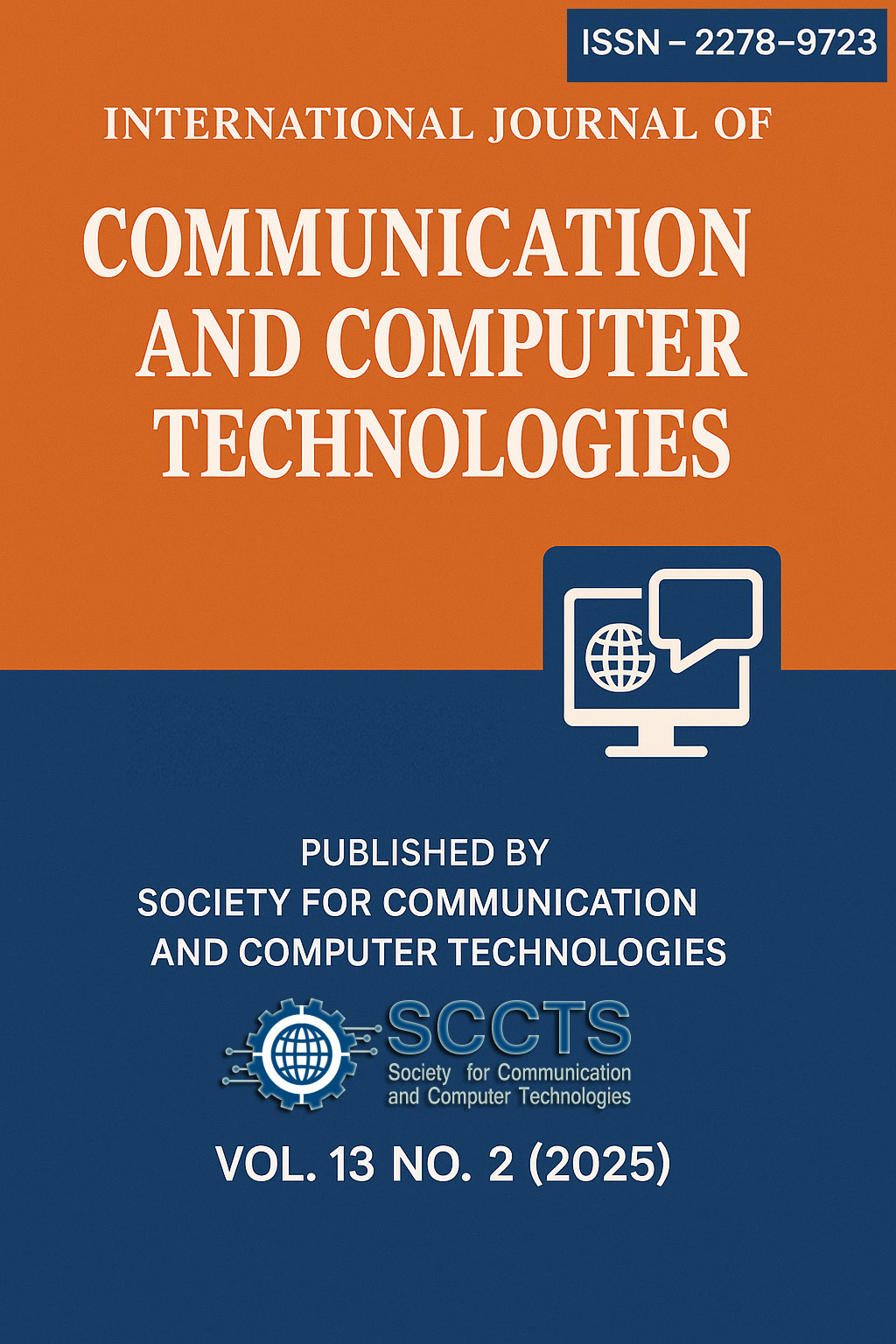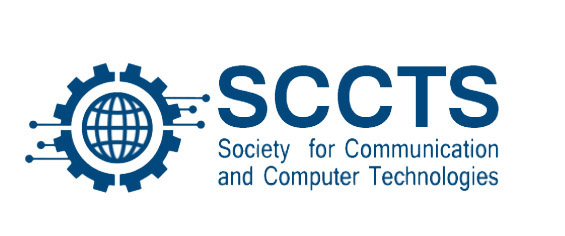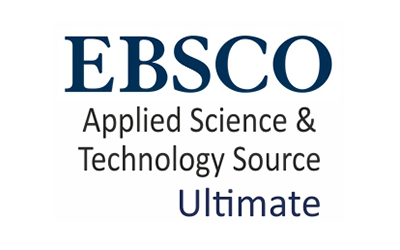ADVANCE VIRUS DETECTION USING COMBINED TECHNIQUES OF PATTERN MATCHING AND DYNAMIC INSTRUCTION SEQUENCES
Keywords:
Algorithmic Attacks Embedded System, Memory Gap, Network Security, and Virus DetectionAbstract
Network security has always been an important issue and its application is ready to perform powerful pattern matching to protect against virus attacks, spam and Trojan horses. However, attacks such as spam, spyware, worms, viruses, and phishing target the application layer rather than the network layer. Therefore, traditional firewalls no longer provide enough protection. However, the solutions in the literature for firewalls are not scalable, and they do not address the difficulty of an antivirus. The goal is to provide a systematic virus detection software solution for network security for computer systems. Instead of placing entire matching patterns on a chip, our solution is based on an antivirus processor that works as much of the filtering information as possible onto a reference memory. The infrequently accessing off-reference data to make the matching mechanism scalable to large pattern sets. In the first stage, the filtering engine can filter out more than 93.1% of data as safe, using a merged shift table. Only 6.9% or less of potentially unsafe data must be precisely checked in the second stage by the exact-matching engine from off-reference memory. In addition to that Dual port BITCAM processing program is used along with the Exact Matching Engine and Bloom Filter process. This Dual port BITCAM processes next to the exact matching engine and bloom filter process. This Dual port BITCAM process is placed exclusively for obtaining higher throughput. To reduce the memory gap and to improve the performance, we also propose three algorithms are used: 1) a skipping algorithm; 2) a cache method; and 3) a prefetching mechanism.
Downloads
Published
How to Cite
Issue
Section
License
Copyright (c) 2023 International Journal of communication and computer Technologies

This work is licensed under a Creative Commons Attribution-NonCommercial-ShareAlike 4.0 International License.




 The articles in Worldwide Medicine are open access articles licensed under the terms of the
The articles in Worldwide Medicine are open access articles licensed under the terms of the 